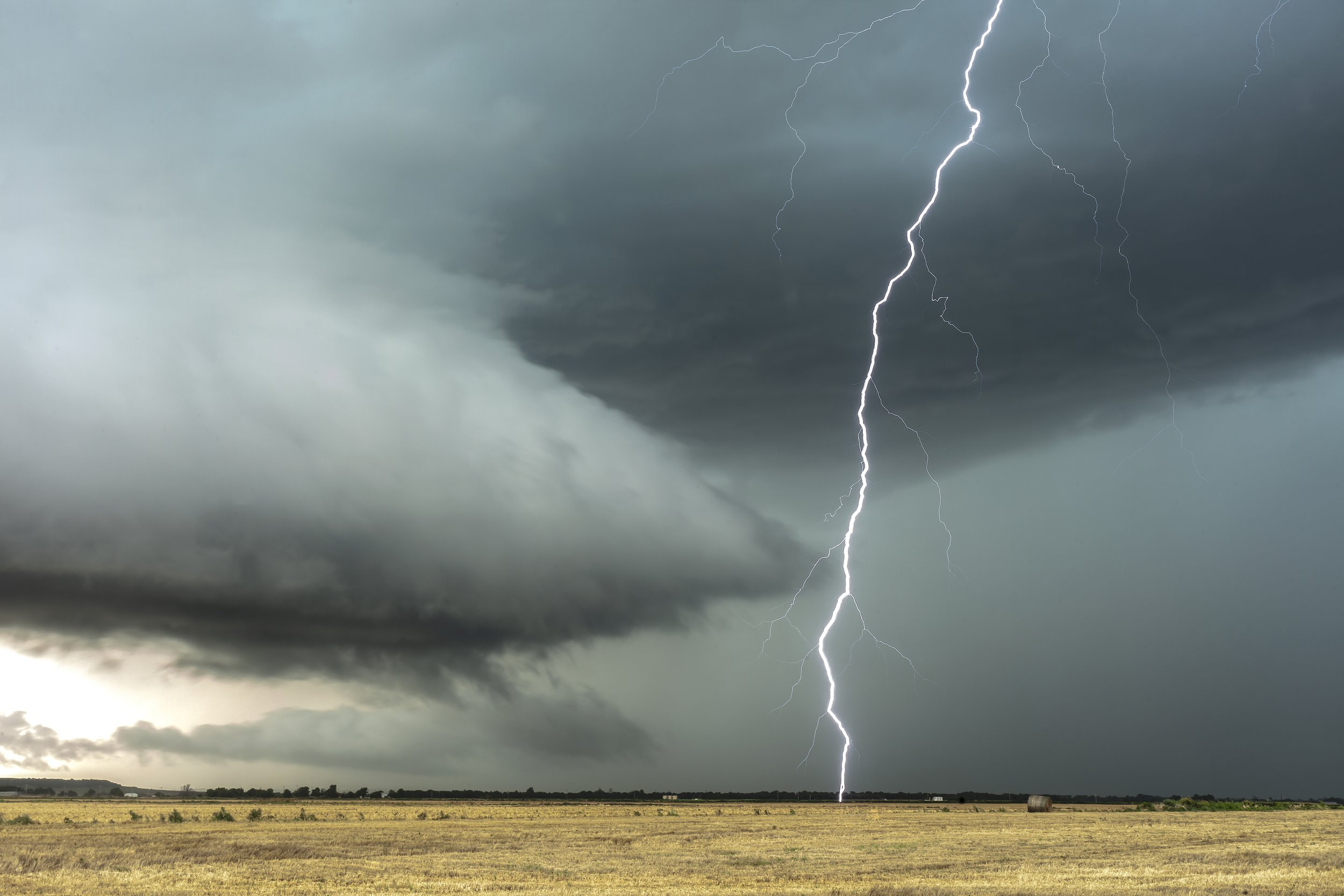
Lightning Protection for the amateur radio community
How to Protect Your Radio Station
The Problem
Severe weather poses a significant threat to our amateur radio stations. Even during extreme events such as hurricanes, tornadoes, earthquakes, or wildfires, we may be called upon to provide lifesaving emergency communications. To meet these critical challenges, our stations must remain operable despite Mother Nature’s fury.
Lightning: A remarkable and common phenomenon that captivates our senses, generating the brightest illumination, and the most resounding sound found on Earth. With an astonishing 30 to 100 cloud-to-cloud or cloud-to-ground lightning discharges per second — equivalent to approximately nine million discharges daily — virtually everyone has encountered it, and to our chagrin, so have many of our radio stations.
To exacerbate the problem, we connect our radios to antennas that are elevated above the average surroundings. This act is equivalent to raising that spot of the Earth and decreasing the distance between the surface of the Earth and a passing cloud (breakdown distance). Under the right environmental conditions, this shorter distance means an increased probability of a lightning strike — rendering our radios non-functional.
The Solution
The creation of a protection scheme will allow your radio equipment to survive, even a direct strike. Achieving this level of protection is possible, although it requires meticulous attention to detail. The rules are clear and examples are contained in the book, available here on this website.
First Step
To get started, you need to decide what you want to protect. For small radio stations, this is a relatively simple and straight forward decision. As the station gets larger, it becomes a little more difficult and may have a few challenges. There are clear rules for what must be included, what may be included, and what can not be included. These rules are not difficult but may impact on the make-up of your radio station — a little redesign may be necessary.
Once the decision is made and you are comfortable with it, the byproduct of your effort is the identification of all connections leaving the zone-of-protection to interact with the external world — AC power, antennas, and antenna controls. You are now ready for the next step.
Second Step
Up to now, it has been a paper exercise. It is now time to create what I call a Single Point Ground Panel (SPGP). This is a conductive surface that will be bonded to an external Earth grounding system (in the next step) and which serves as the only location within the radio station to mount surge protectors for the external world connections and bond the radio equipment chassis ground connections. Our goal for the SPGP is to maintain the same electrical voltage level on all equipment chassis so that there is no current flow between the individual equipment elements during the lightning strike.
Third Step
This is the most physically demanding phase and the most expensive part of creating a lightning protection scheme. The external ground system is used to distribute the lightning strike energy into the Earth. Unfortunately, since the Earth is a relatively poor conductor, achieving a low impedance ground connection will require the installation of several ground rods in the exterior vicinity of the SPGP. Optimistically, this can be viewed as an opportunity for some healthy exercise. There is no other way to do it.
As a side benefit of a good ground system, your radios will perform better, and there should be less RF floating around the shack.
The Solution
Creating a protection scheme is a significant undertaking. This book is designed to provide the background knowledge necessary for you to successfully create and implement a protection scheme for your radio station. I recommend that you read the entire book to understand how all the parts fit together and then go back and perform the processes one step at a time.
